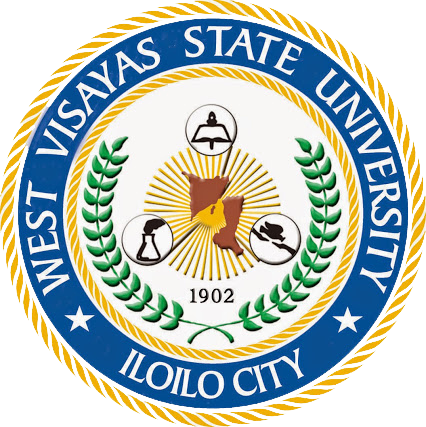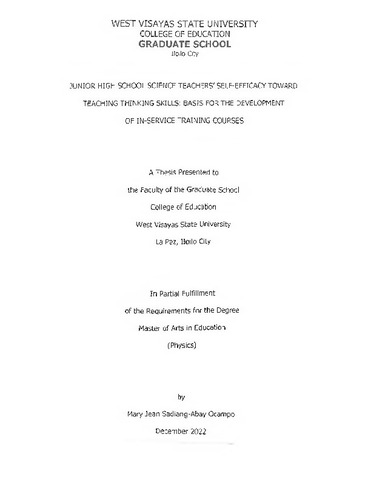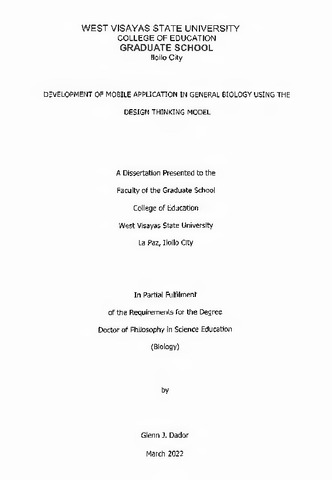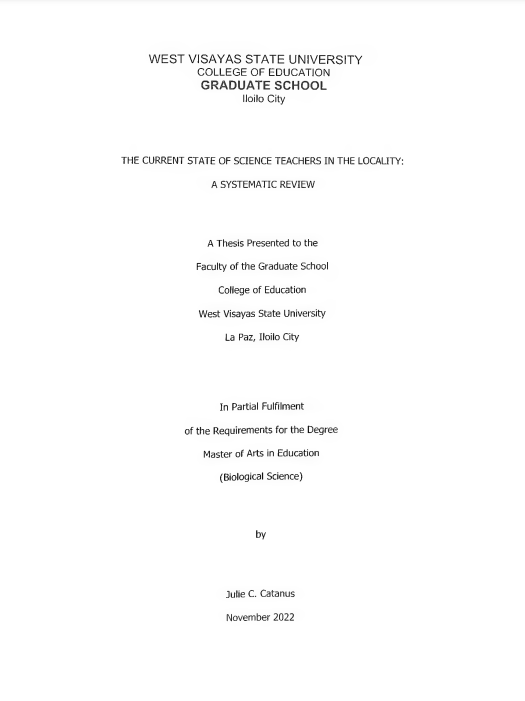Print and television advertisements in science teaching and grade 10 learners' conceptual understanding and critical thinking skills
Share
Zusammenfassung
This quasi-experimental research focused on the effect of print and television advertisements in science teaching on Grade 10 learners' conceptual understanding and critical thinking skills. Eighty (80) Grade 10 learners from two intact classes with forty (40) learners each were chosen as subjects of the study. One class was exposed to traditional method (control group) and the other was exposed to instructional method using print and television advertisements (experimental group). The control and experimental groups were identified through a toss-coin method. This pretest-posttest method of research utilized researcher-made tests in conceptual understanding (50-item two-tier multiple choice test) and in critical thinking skills (60-item multiple choice test). The statistical tools used were mean and standard deviations for descriptive analysis, and t-test for independent samples and Pearson's product-moment correlation for inferential analysis. Inferential statistics was set at 0.05 alpha level of significance. The findings showed that learners' conceptual understanding and critical thinking skills in the traditional method and instructional method using print and television advertisements were both low before the intervention was made. After the intervention, the level of conceptual understanding of learners exposed to instructional method using print and television advertisements improved from low to high level while that of the learners exposed to the traditional method also improved slightly from low to average level. Moreover, the learners' critical thinking skills exposed to instructional method using print and television advertisements increased from low to high level while that of those exposed to the traditional method also improved a little from low to average. No significant differences existed in conceptual understanding and critical thinking skills of the Grade 10 learners before exposure to instructional method using print and television advertisements and traditional method. However, significant differences were noted in conceptual understanding and critical thinking skills of the Grade 10 learners after exposure to instructional method using print and television advertisements and traditional method. The instructional method using print and television advertisements was better than the traditional method of science teaching in improving the Grade 10 learners' conceptual understanding and critical thinking skills in science. Moreover, the study revealed significant differences in the mean gain scores in conceptual understanding and critical thinking skills of Grade 10 learners exposed to instructional method using print and television advertisements and traditional method. Science teaching using print and television advertisements is a good alternative to the traditional method in enhancing the Grade 10 learners' conceptual understanding and critical thinking skills. Finally, significant relationship existed between the conceptual understanding and critical thinking skills of grade 10 learners exposed to instructional method using print and television advertisements and traditional method. Learners with high conceptual understanding also had high critical thinking skills. Administrators/principals of educational institutions may encourage classroom science teachers to use print and television advertisements to keep on improving learners' conceptual understanding and critical thinking skills in science. Science teachers may use teaching approaches suited to the learning styles of the 21st-century learners who are generally audio and visual learners such as instructional method using print and television advertisements to develop the learners' conceptual understanding and critical thinking skills.
Recommended Citation
Castracion, CM. P. (2018).Print and television advertisements in science teaching and grade 10 learners' conceptual understanding and critical thinking skills [Master’s thesis, West Visayas State University]. WVSU Institutional Repository and Electronic Dissertations and Theses PLUS.
Type
ThesisKeywords
Traditional method Print and television advertising Grade 10 learners Conceptual understanding Science Science teaching Zarraga National High School Quasi-experimental research traditional method instructional method 21st century learners 21st century skills Audio-visual Audio-visual messages advertisements Exemplary science education Science education Socio-scientific issues Social Learning Theory learning by doing Filipino learners Science teachers Print advertisement television Conceptual Understanding Achievement Test Critical thinking skills Critical Thinking Skill Ability Test
Schlagwort
Degree Discipline
College of EducationDegree Name
Master of Arts in EducationDegree Level
MastersPhysical Description
xv, 134 p. : ill. (col.).
Collections
- 2. Master's Theses [156]
Verwandte Dokumente
Anzeige der Dokumente mit ähnlichem Titel, Autor, Urheber und Thema.
-
Junior High School Science teachers' self-efficacy toward teaching thinking skills: Basis for the development of in-service training courses
Ocampo, Mary Jean S. (West Visayas State University, 2022-12)This descriptive-correlational study aimed to determine the relationship between Junior High School science teachers' self-efficacy and teaching thinking skills. The respondents were thirty-two (32) Junior High School ... -
Development of mobile application in General Biology using the design thinking model
Dador, Glenn J. (West Visayas State University, 2022-03)Learners of the future will demand the appropriate learning support for their situation or context, nothing more, nothing less. They want it at the moment. Not sooner, not later. Mobile devices will be a crucial technology ... -
The current state of Science teachers in the locality: A systematic review
Catanus, Julie C. (West Visayas State University, 2022-11)This systematic review aimed to determine the current state of science teachers in the locality. This includes science teachers' profiles, performance, practices, and predicaments. The researcher used interpretivism as the ...





